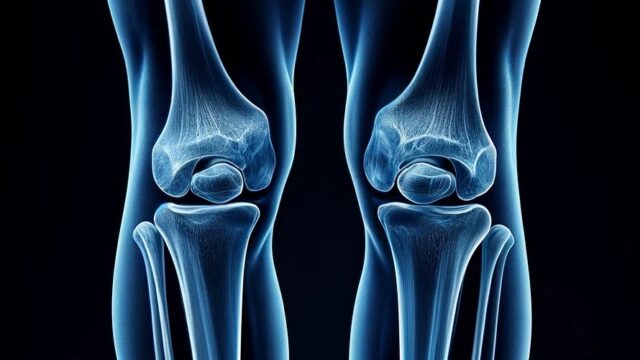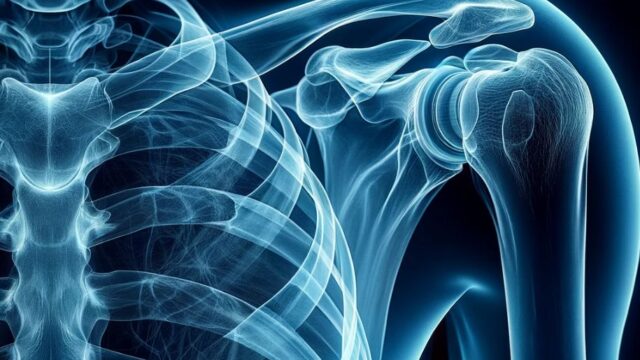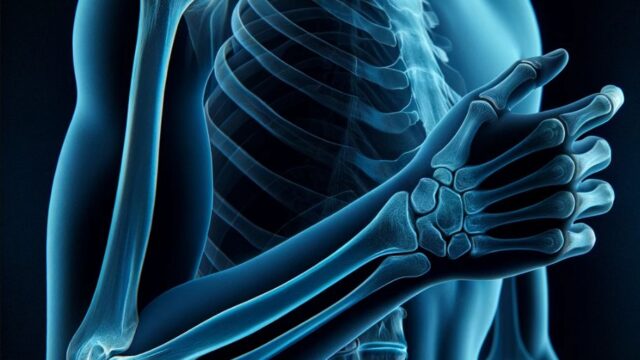Schuller view
Japanese ver.
Radiopaedia
Radiopaedia
Purpose
Observation of the condyle of the mandible and the mandibular fossa, including any abnormalities in the range of motion. Observation of the mastoid sinus.
Prior confirmation
Confirm the purpose of the examination (e.g., if it is for the auditory system, it may require an open mouth; if it is for the temporomandibular joint, it may require both open and closed mouth positions).
Remove any obstacles (such as hairpins, eyeglasses, earrings, necklaces, dentures, etc.) that may interfere with the examination.
Positioning
From the prone position, rotate the head to the side being examined.
Align the examination side’s external auditory meatus with the center of the cassette.
Verify that the mid-sagittal plane and the cassette are parallel when viewed from the head side and the front. Always place a marker (R/L).
Maintaining a lateral position for a long time can be challenging, so complete other preparations beforehand.
CR, distance, field size
CR : Angled obliquely towards the point three fingerbreadths above (towards the head end) the non-examined side’s auricle, at an angle of 25-30 degrees in the head-to-toe direction. For pediatric patients, use an angle of 20 degrees.
Distance : 100cm.
Field size : Approximately 15x15cm, including the mastoid sinus
Exposure condition
70kV / 16mAs
Grid ( + )
The direction of the grid must be head-to-toe.
Suspend respiration
Image, check-point
Normal
Ensure that the non-examined side’s temporomandibular joint is positioned downward, while the examined side’s temporomandibular joint is clearly projected.
In the closed mouth position, the condyle should be located within the temporomandibular joint, while in the open mouth position, the condyle should be positioned anterior to the temporomandibular joint.
Pay attention to motion blur in open mouth images.
Observe the aeration of the mastoid sinus.
The external auditory meatus should be centrally projected.
Videos
Related materials















